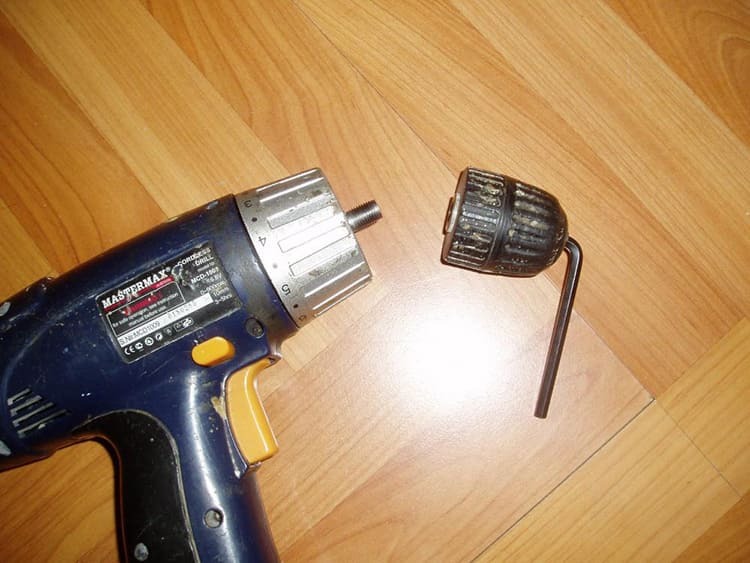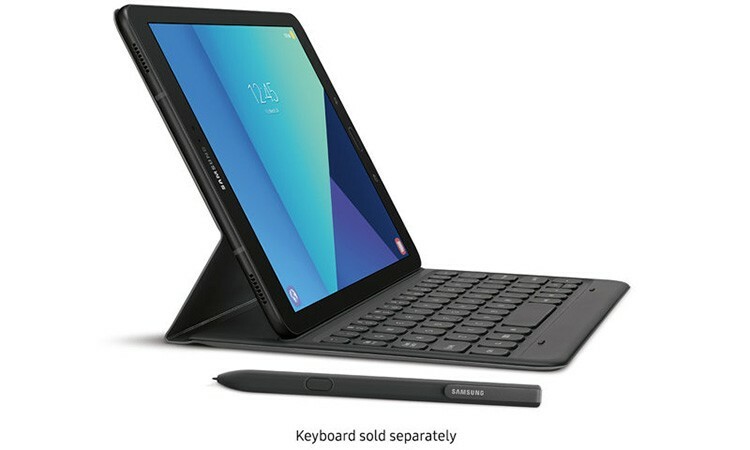
The main part of the digital camera - matrix (sensor), is responsible for recording the image obtained by the lens, as well as the film captures the image in the film camera.
An important parameter in the selection device - resolution of the matrix, which depends on the quality of the shots, but in addition permits for clarity, illumination and color considerable influence and its the size.
Digital cameras Full frame called full-frame because the aspect ratio of integrated circuits (matrix) 36 by 24 mm and are similar to the dimensions 35 mm roll film. These models are designed for professional photographers and semi-professionals.
Other types of cameras with sensors are less than full or called "crop factor" (from the English, Crop factor - crop - pruned, factor - factor). Another name for full-frame device - «APS-C».
Content:
- Features
- The apparatus and the characteristics of full-frame camera
- Pros and cons of full-frame camera
- Use and Care
- How to choose a full-frame camera
Features

The main feature of cameras with full-frame matrix of the large size of the auxiliary device (finder), which serves to monitor the photographic subject and determines the borders of a future frame.
This gives sufficient capacity when choosing the angle and image formats, it helps to control the sharpness and simplifies the manual focus lens.
Full frame cameras are able to shoot high-quality images with low noise at high ISO values.
ISO - sensitivity characteristic signifying a digital device.
Important to obtain good frames in low light.
Due to the volume solar cell, able to perceive more light, full frame devices do deep and high-quality images at high ISO settings.
When the digital zoom camera shoots sharp images with low noise. You do not need to constantly improve the sensitivity of the device.
Full frame model, compared to the APS -apparatami have a large dynamic range, due to the physical size of the sensor.
The apparatus and the characteristics of full-frame camera
Matrix

The main difference from digital models film camera used in the photosensitive material: A film is a film camera and a digital - matrix.
Matrix (photosensor) - this integrated circuit, consisting of a small photosensitive elements, trapping and transforming light energy into an electrical signal which is subsequently digitized.
The sensors come in two types:
- CCD - a charge coupled device (CCD),
- CMOS - Complementary Metal-Oxide-Semiconductor (CMOS).
The differences in principle of operation of these matrices in the method of converting the light signal that is crucial for the engineers, but the user will not see the difference.
Matrix resolution is measured in megapixels (MP) and determines the capabilities of the camera to capture fine details. Pixels - point from which the image is formed. M 1 is 1 million pixels, i.e. for pictures in the first place, you need a light that reaches the sensor through the lens.
Lenses

Lens - a key part of the camera, without which it is impossible to get a photo, even with a strong matrix. That lens collects light from a scene being photographed and generates the image on the sensor and further digitizes.
Structurally it consists of a system of lenses and auxiliary machinery and rings arranged in a compact housing.
With the help of auxiliary mechanisms carried out:
- iris control,
- leveling field,
- Optical stabilization,
- change the focal length, etc.
Focal length - the gap from the optical center of the lens to the photosensor. From this parameter depends on the angle of the image, perspective and scale.
Diaphragm - opaque movable petals (5-9 pieces) forming a circular hole with variable diameter and regulating the luminous flux passing through the lens.

bayonet - Mount lens to the camera. In addition to fixing the bayonet provides a functional interaction Mezhuyev them and synchronizes the operation of devices.
zoom - lenses are capable of changing the focal length. The ratio between the largest and smallest distance call multiplicity i.e. ability to visually zoom in the scene.
optical stabilizer - a system that compensates for camera shake using a special lens mount. Thanks to it is possible to minimize the negative effects of hand movement when shooting and reduce noise and fuzziness.
filters - special filters, is screwed onto the lens and improving the image in terms of inadequate lighting.
Filters are:
- protective,
- neutral,
- gradient,
- polarization,
- colored,
- Spectacular.
Viewfinder

The viewfinder in full-frame models, more and more convenient than the crop of cameras. Close the viewfinder allows you to control the focus frame, it is brighter and him do not get tired eyes.
Zoom viewfinder enables better to choose camera angles, the amount of training, the amount of filming.
The screen (display)
The screen helps to control the recording process and view the received photo. When buying a camera it is recommended to prefer devices with a large screen with high resolution.
In some models, integrated swivel screen to shoot from awkward positions.
The touch screen is convenient and practical, but only when, along with touch control buttons are present complete with the ability to click on touch.
Dimensions and weight
Full frame devices weight heavier than the devices with the least block size, and does not cause this matrix, and the design features of the device. In full-frame devices of high cost and as a consequence they are made with a high strength of the metal housing.
In addition to the weight of the camera lens and the significant weight that is greater than in full-frame models.
shooting range
The dynamic range - the ratio of maximum and minimum values of the exposure is correctly displayed in the picture. If the image items fall within the dynamic range, they are facing either a bright white (in excess of brightness), or completely black (with the minimum threshold is not achieved).

At Full frame models large latitude of the image when compared to full-frame devices. This is due to the expansion of digital-to-analog integrated circuits. They, in turn, are composed of light-sensitive elements.
full-frame size of 36 mm by 24mm, where the sensor APS format digital cameras, is 25.1 × 16.7 mm i.e. 1.5 times less. This means that with the same light-sensitive elements and permit greater depth and volume get pictures taken on devices with full frame.
Depth image field (DOF)
The depth of field image means the distance between the closest object to the camera and the furthest. Areas not falling within the DOF area are unclear and blurred.
Depth of field is only indirectly related to the ratio of height and frame width.
For models with a crop factor requires a lens with smaller focal length for obtaining the same image angle as that of the full-frame device.
Increasing the focal length leads to a decrease of the depth of field, and vice versa - the smaller the focal length, the greater the depth of field. Under equal conditions, full-frame camera outputs DOF, 1.5 times smaller than APS.
Full frame camera advantageously isolated main objects against the background by using shallow depth of field. If landscape is removed, which requires a complete definition, it is better to use a device with smaller matrix, as they give greater depth of field.
Pros and cons of full-frame camera
The main advantages full-frame models:
- Photosensitive matrix provides ample opportunities to use the machine due to the scale and sensitivity.
- The images are detailed, high quality.
- There are continuous shooting.
- They operate with low noise.
- High-performance AF system.
At Full frame cameras there are also disadvantages:
- Increased size and weight,
- Low shooting speed,
- Advanced selection lenses because of possible incompatibilities,
- Demands for the quality of the optics,
- The high cost of cameras and other instruments.
FF full-frame models have a serious advantage over their fellow crop, but the user is not engaged in photography professionally, will not notice the fundamental difference between them.
Use and Care

Digital cameras with full-frame image sensor identified for gentle care.
The following tips for care Full frame cameras will help avoid breakdowns and failures:
- after purchasing the camera with a full frame sensor, be sure to read the care instructions to the end;
- clean digital equipment necessary when sufficient light on the stable surface;
- before using the camera it is important that your hands are not dirty and wet;
- it is recommended to purchase a special bag to carry and store (if it was not included) called coffer;
- care unit, use the special microfibre cloth;
- technique store at room temperature;
- not clean glass lenses and mirrors napkins, tissue slices or handkerchiefs;
- to remove sand, dust and other dirt in inaccessible places, use special brushes;
- if the camera is not in use, remove the battery. Never store the battery in a charged form;
- Try to keep on the photo equipment is not in direct sunlight, avoid finding devices near heat sources;
- on hot or cold days it is not recommended to leave the camera in the car or in the trunk. In winter it is chilled and overheating in summer, which contributes to the formation of condensation in the device.
How to choose a full-frame camera

For fans to shoot in extreme conditions (in the forest, in the pouring rain, fog) is recommended to get a model with shock-proof protection against moisture.
It is important to know the moisture protection is only for spray, rain drops are not designed for underwater photography. If we assume this, it will lead to serious damage of photographic equipment. It is also moisture protection does not extend to the lens and additional tools.
For surveys in water or underwater models to be selected in a waterproof housing with protection at least IP 68 layer.
Pay attention to the memory card slots - well, if there will be two. Sami memory cards vary in the types and volume - check if your camera is comfortable with the format and size.

An important factor when choosing a camera - battery capacity. The higher it is, the better, because It allows you to take more time without recharging. It should be remembered that the screens, flashes, viewfinders also consume a lot of energy, and therefore, for trouble-shooting, it is recommended to buy a spare battery.
The camera should be comfortable, ergonomic and does not create discomfort at work. Hold your favorite model in hand, check the ease of grip, control buttons, and if you are satisfied, you can safely take.
Digital cameras with full-frame image sensor - help in getting compelling photographs, even in low light. They have become popular among professionals and amateurs.
It is important to know and keep in mind that high-quality pictures and footage are obtained only in the right hands.



